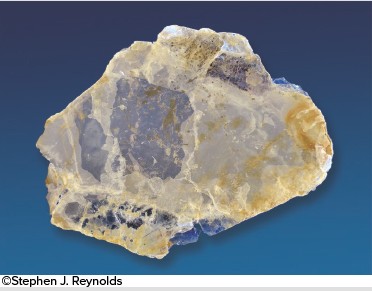From the list provided below, choose those observations that accurately describe the thin, sheet-like mineral presented in this image.
A. This mineral displays three directions of cleavage.
B. This mineral displays one direction of cleavage.
C. This mineral has a conchoidal fracture.
Answer: B
You might also like to view...
Briefly explain why the groundwater table does not rise fastest in areas of low elevation. What will be an ideal response?
What is true of the intertropical convergence zone?
A) It coincides with the geographical equator. B) It is the result of the convergence of a Hadley cell and Ferrel cell. C) It is subject to seasonal variations. D) It coincides with areas of strong winds.
Using Figure 12.25 in your textbook, which of the following is not a normal consequence of an oceanic-oceanic convergent plate boundary?
A) The denser crust subducts the less dense plate. B) Thrust faults lift up above the subduction zone. C) A volcanic island arc forms above where the subducting plate melts. D) A trench forms at the location where subduction begins.
A mineral-filled crack is called:
a. A fault b. A fissure c. A vein d. A joint